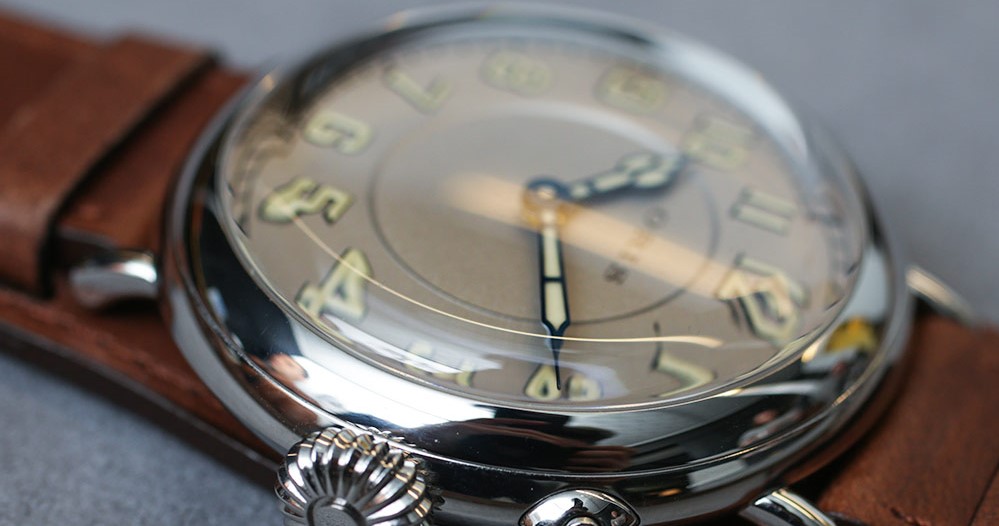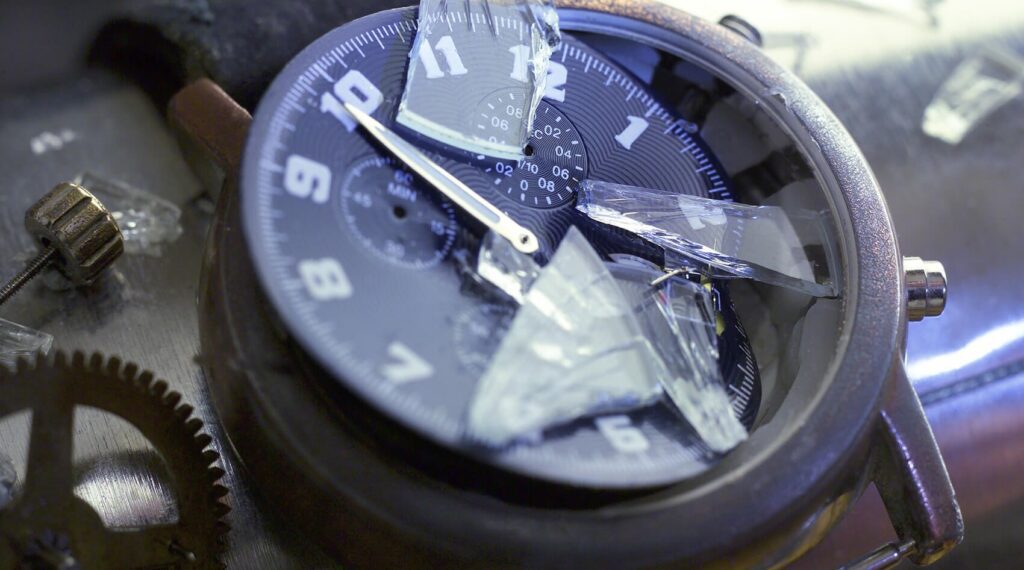Comparing Watch Crystals

For some time, the most common crystals on wrist watches were made of plastic/acrylic—at least during a fair part of the 20th century. However, mineral glass crystals—hardened by superheating their surface for higher scratch resistance—are now the most commonly used windows to the dial. That being said, some crystals are designed to have an even higher scratch-resistance rating than their mineral glass counterparts. Since their debut in the 1970s, synthetic sapphire crystals have progressively become a mark of high-end excellence in the world of wristwatch timekeeping. But are these crystals worth the higher price tag compared to their more common mineral-glass counterparts? Like many nuances in wrist watch design, it really depends on how an owner plans to use their wristwatch. Ahead, we’ll do some quick comparisons to see what kind of crystal might suit a potential watch-wearer’s needs. Being a matter of taste, as well as potential pragmatism, it can be a make or break aspect in purchasing a timepiece.
If looks are all that concern you as a watch buyer, it may be worth it to consider a watch with a plastic crystal. In terms of shatter resistance, they’re going to be the best bet for blunt-force trauma. They are also going to be the easiest on the pocketbook. However, they are also made out of the softest material of any commonly manufactured watch crystal. Bottom line, they’re going to scratch the easiest—but can take a solid hit without cracking. So, if you don’t find yourself putting a lot of wear on watches, this is still a decent option. Though most companies make their watches with mineral glass or sapphire nowadays, you can still find an inexpensive wrist watch with a plastic crystal. As well, if you end up shopping retro—plastic crystals are a likely reality to deal with. Some watchmakers can accommodate retrofitting these timepieces with mineral glass or sapphire crystals, but many old crystals are domed and difficult to switch out this way. Thus, it’s good to take extra care with older wristwatches—and newer timepieces with plastic crystals. A final note: Plastic crystals, due to their softness, can actually be buffed to remove small scratches. This is perhaps their greatest advantage.
Moving on to mineral glass, there’s a pretty good reason why these crystals are the most prominent of commonly manufactured watch crystals. Hardened mineral glass crystals are still practically tough—and are significantly harder to scratch than plastic/acrylic crystals. If you’re shopping for a watch, especially in the mid-range of pricing, this is likely the type of crystal you’ll end up with. Though they cost a bit more to manufacture compared to plastic/acrylic crystals, watches featuring mineral glass crystals remain quite affordable. Top-tier mid-range watch brands, with world-class movements, will feature these crystals on their watches—and give you plenty of longevity. Currently, though, many companies also offer a sapphire crystal option. This option is often touted as an upgrade, with good reason.

Being the most scratch resistant watch crystal on the market, the sapphire crystal makes for a great choice. Indeed, there are few downsides to accepting this option in design. Overall, depending on the manufacturer, a sapphire crystal can be slightly less shatter resistant than a mineral glass crystal. However, coming in at a whopping 9 on the Mohs hardness scale (just under diamonds), these synthetic sapphires can take quite a lickin’. Although the price is higher— and the overall shatter resistance is not exactly the same as a mineral glass crystal—their hardness rates higher, keeping them intact quite effectively. In terms of price, a key reason why these crystals cost more on a wristwatch is directly related to the cost to machine them. Because of their hardness, they have to be cut and shaped with diamonds. As well, they have to be coated with an anti-reflective coating—to keep potential customers from the inconvenience of overwhelming glare. Despite this, the prevalence of these crystals on the market has made them more affordable since around the 1990s. Even though they’re more expensive than mineral glass crystals, synthetic sapphire crystals are the overall toughest crystal in terms of scratch resistance—and overall performance. You’ll likely get more miles out of a sapphire crystal, compared to any other on the market.
To close: Plastic crystals, mineral glass crystals, and sapphire crystals are the most commonly manufactured watch crystals on the market. Although each has certain advantages, the sapphire remains an overall standout. However, if you want to save on the overall cost of a watch, the mineral glass and plastic options also have their merits. On top of this, some companies design composite crystals to blend the shock resistance of plastics—with the scratch resistance of hardened glass. It’s important to keep an eye out for these variations when shopping a watch that best fits yours, or another’s, needs. A particular brand of note regarding composite crystals is Reactor, with their “K1” hardened ceramic crystal.
Though price can seem like the only deciding factor in buying a watch, the tag is usually listed as it is for a reason. This is especially true with mid-range wristwatches, where the price has a tendency to reflect overall quality. Hopefully the above information is empowering the next time you’re seeking out a timepiece—and makes things more crystal clear concerning finding your next timepiece.
Times Ticking has been in operation for more than 30 years, since 1982. We have performed watch repair for customers both locally and internationally. If it Ticks! We KNOW it! Our team of watch repair technicians have a combined experience in watchmaking of over 120 years.

